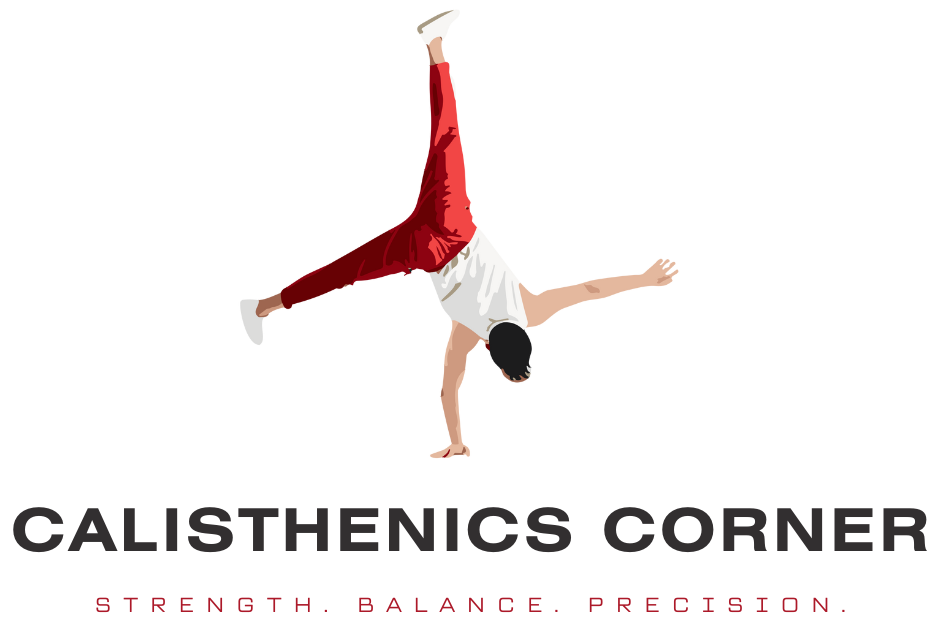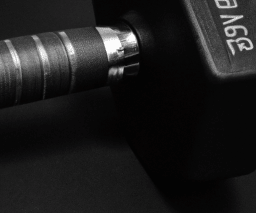Are you curious about the differences between calisthenics and bodybuilding? In the ongoing debate of which discipline reigns supreme, many argue that calisthenics presents a greater challenge than bodybuilding. Calisthenics, often referred to as street workout, involves using your own body weight to perform exercises like pull-ups, push-ups, and squats. On the other hand, bodybuilding focuses on muscle hypertrophy through weightlifting and isolated movements. While both pursuits demand dedication and discipline, the uniqueness of calisthenics lies in its emphasis on functional strength, overall body control, and mastery of complex movements. Let’s explore the various aspects that make calisthenics potentially more demanding than bodybuilding.
Definition of Calisthenics
Calisthenics is a form of exercise that focuses on using your body weight as resistance to build strength, flexibility, and endurance. It is a combination of various movements such as push-ups, pull-ups, squats, lunges, and planks. Calisthenics is often performed in a rhythmic and continuous manner, making it a great choice for those looking for a full-body workout without the need for equipment or weights.
Definition of Bodybuilding
Bodybuilding, on the other hand, is a sport and fitness practice that aims to maximize muscle growth and development. It involves intense training, primarily with weights and resistance machines, to target specific muscle groups and achieve a desired physique. Bodybuilders often incorporate a variety of exercises and techniques, such as heavy lifting, isolation exercises, and high volume training, to promote muscle hypertrophy and definition.
Comparison of Calisthenics and Bodybuilding
Different goals
One of the key differences between calisthenics and bodybuilding lies in the goals of each practice. Calisthenics focuses on overall fitness and functional strength, aiming to improve agility, mobility, and endurance. Bodybuilding, on the other hand, is primarily concerned with aesthetics and muscle development, with the goal of achieving a well-defined and symmetrical physique.
Physique development
In terms of physique development, bodybuilding is often associated with the pursuit of a muscular and chiseled appearance. Bodybuilders typically strive to build a significant amount of muscle mass, aiming for size, symmetry, and definition. Calisthenics, while capable of promoting muscle growth, places less emphasis on sheer size and more on functional strength, flexibility, and bodyweight control.
Training methodology
The training methodologies employed in calisthenics and bodybuilding also differ significantly. Bodybuilders often follow structured routines that involve targeting specific muscle groups on different days, utilizing exercises that isolate those muscles, and incorporating progressive overload to continuously challenge the muscles. Calisthenics, on the other hand, favors a more holistic approach, using compound movements that engage multiple muscle groups simultaneously and often incorporating elements of cardiovascular exercise and flexibility training.
Equipment requirements
When considering equipment requirements, bodybuilding typically requires access to a range of weights, resistance machines, and accessories such as dumbbells, barbells, and weight plates. This often necessitates a gym membership or a well-equipped home gym. Calisthenics, on the other hand, is often practiced using little to no equipment. It can be performed outdoors or in minimalistic settings, making it accessible to individuals who may not have access to a gym or specialized equipment.
Muscle engagement
The way muscles are engaged differs between calisthenics and bodybuilding. In bodybuilding, exercises often target specific muscles through isolation movements. This allows bodybuilders to focus on individual muscle groups and develop them in isolation. Calisthenics, on the other hand, predominantly utilizes compound movements that engage multiple muscles simultaneously and promote functional strength and coordination.
Progression
Progression also differs between calisthenics and bodybuilding. In bodybuilding, progression often involves gradually increasing the weight or resistance used in exercises to continuously challenge the muscles and promote muscle growth. Calisthenics, on the other hand, relies on variations in the intensity, range of motion, and tempo of exercises to create progressive overload and continually stimulate muscle development.
Time commitment
Both calisthenics and bodybuilding require dedication and time commitment to see results. Bodybuilders often follow structured training programs that can require a significant time investment, with workouts lasting multiple hours and including specific rest periods. Calisthenics, on the other hand, offers flexibility in terms of training duration, as workouts can be adjusted to fit into varying time frames. Shorter, high-intensity workouts can be effective for those with limited time.
Injury risk
When considering injury risk, bodybuilding often carries a higher risk due to the use of heavy weights and isolation movements. Improper form or overloading the muscles can lead to strains, sprains, and even more serious injuries. Calisthenics, while not immune to injuries, tends to have a lower risk due to using body weight as resistance and often incorporating natural movements that the body is better adapted to perform.
Overall difficulty
Determining the overall difficulty of calisthenics versus bodybuilding is subjective and dependent on various factors. Both practices require discipline, consistency, and effort to see results. Bodybuilding can be physically demanding due to the heavy weights and high volume of training, while calisthenics requires a focus on body control, balance, and progressive mastery of complex movements. The difficulty may also vary depending on an individual’s starting point, fitness level, and personal preferences.
Personal preferences
Ultimately, whether you find calisthenics or bodybuilding harder will depend on your personal preferences, goals, and mindset. If you enjoy the feeling of lifting heavy weights and are dedicated to achieving a specific muscular physique, bodybuilding may be more suited to you. However, if you prefer a more dynamic and natural approach to exercise, with a focus on functional strength and bodyweight control, calisthenics may be the better choice.
In conclusion, calisthenics and bodybuilding have distinct differences in goals, training methodologies, equipment requirements, muscle engagement, progression, time commitment, injury risk, overall difficulty, and personal preferences. Both forms of exercise offer unique benefits and challenges, and the choice between them ultimately comes down to what aligns best with your fitness goals, personal preferences, and lifestyle. Whether you choose to focus on building muscle or prioritize functional strength, both calisthenics and bodybuilding can be effective paths to achieving your desired level of fitness.








